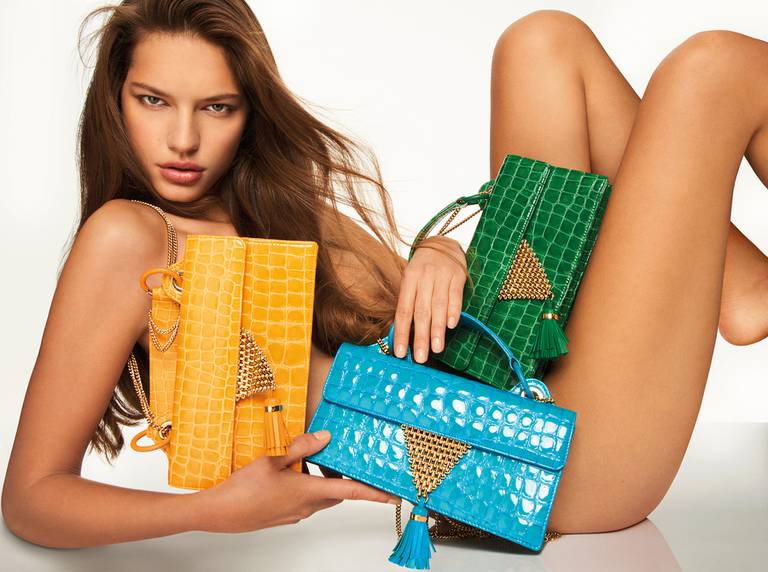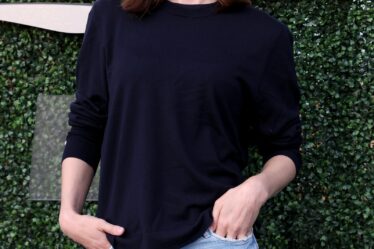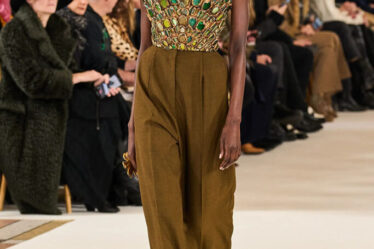
On Monday, Florence-based shoemaker Aquazzura is set to showcase its first collection of luxury bags.
At an event for buyers and press during Paris Fashion Week, Aquazzura will show off its first major push into the category: a logo-free selection of day-to-night cross-bodies and sparkly evening bags, mostly priced between €1,000 and €2,000 ($1,060 and $2,121).
That price point is still a luxury, but a notch more accessible than what’s on offer from many top-end players today.
“Because of all the price increases that everybody is doing, I think there’s a huge opportunity to be within that space, with a good design that feels fashion[able], but at the same time, is timeless,” founder Edgardo Osorio said.
Following a pre-launch on the brand’s website, the collection will now be rolled out in Aquazzurra’s stores and a small selection of retailers, including Net-a-Porter, Mytheresa, Browns and Level Shoes Dubai.
Osorio launched Aquazzura in 2012, quickly garnering a following for its killer high heels and sense of Italian glamour. The push into handbags follows an expansion into jewellery in 2021 and a homeware launch (dubbed Aquazzura Casa) in 2022. This year, in addition to a bag launch, the focus is on growing the brand’s retail footprint in key markets, including a new opening in a prime location on London’s prestigious Bond Street, and a revamp of its Paris flagship that will quadruple the existing space.
Last year, Aquazzura hit the €70 million revenue mark, the brand said, up 82 percent year-on-year and more than 40 percent above pre-pandemic levels. Osorio says his long-term goal is to grow Aquazzura from a shoe label into a lifestyle proposition selling customers “the new Italian Dolce Vita” across categories, surpassing €100 million in annual revenue by 2025.
Global sales of designer handbags and small leather goods are forecast to reach $100 billion by 2027, almost double that of 2019, according to market research firm Euromonitor International. However, designer footwear brands often struggle to establish a foothold in the category.
“If you sell couture pieces with price tags of several tens of thousands of [dollars], then a bag at $5,000 looks like a bargain. But if you sell shoes at $500, a handbag at $1,500 seems very expensive,” said Luca Solca, head of luxury goods research at Bernstein.
Still, Osorio sees potential for growth by targeting customers who are interested in alternatives to the now-ubiquitous bags from global luxury names, which have raised prices dramatically in recent years.
“We have a loyal customer base, we have a great network of boutiques in the main capitals around. It just seemed like the right time,” he said.



